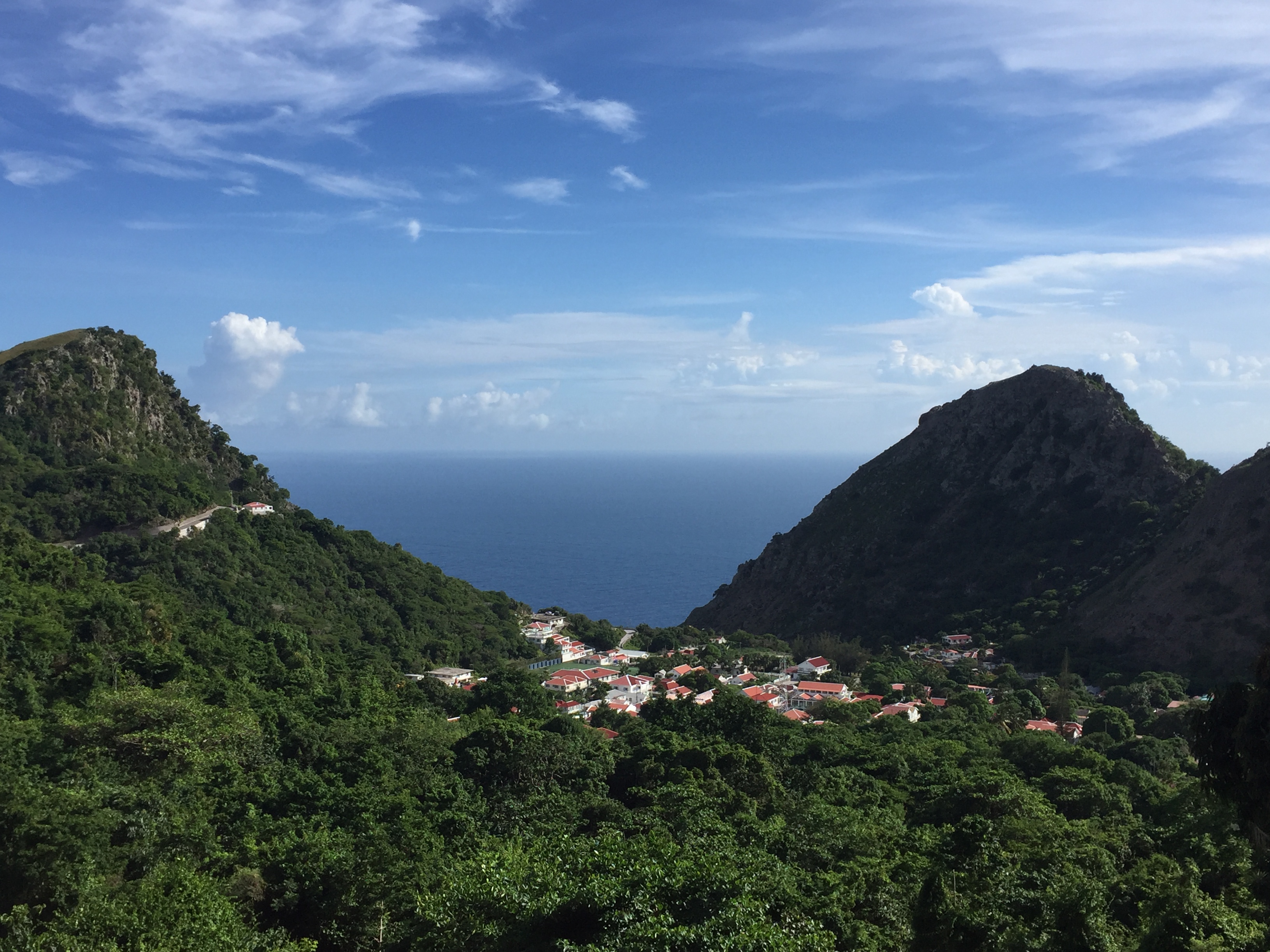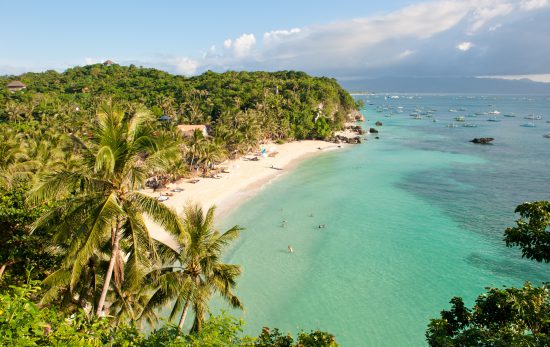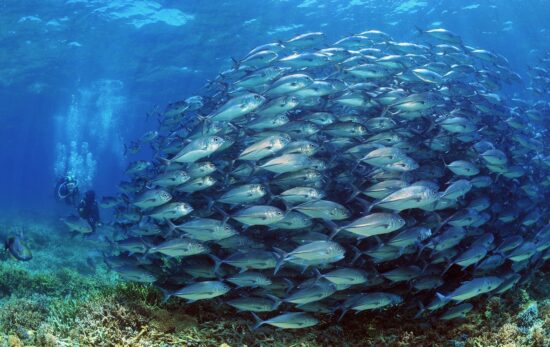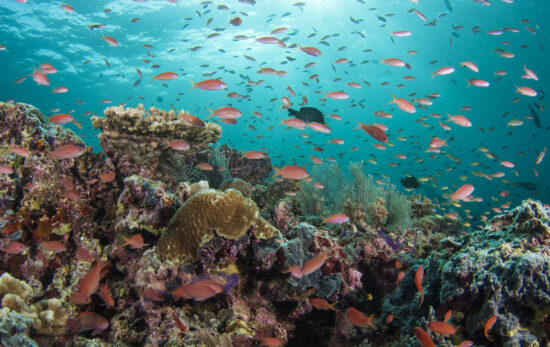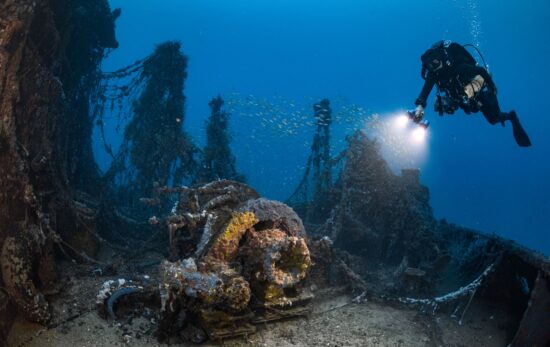The diving is always good at Sipadan in Malaysia and, sometimes, it can be superb. Good-sized pelagics and large schools of fish generally represent Sipadan’s main attraction to divers. While nothing is guaranteed, it’s not unusual for dives around Sipadan to be highlighted by one or more of the following: barracudas in shoals of several hundred, a rumbling herd of many bumphead parrotfish, countless turtles and perhaps half a dozen whitetip sharks.
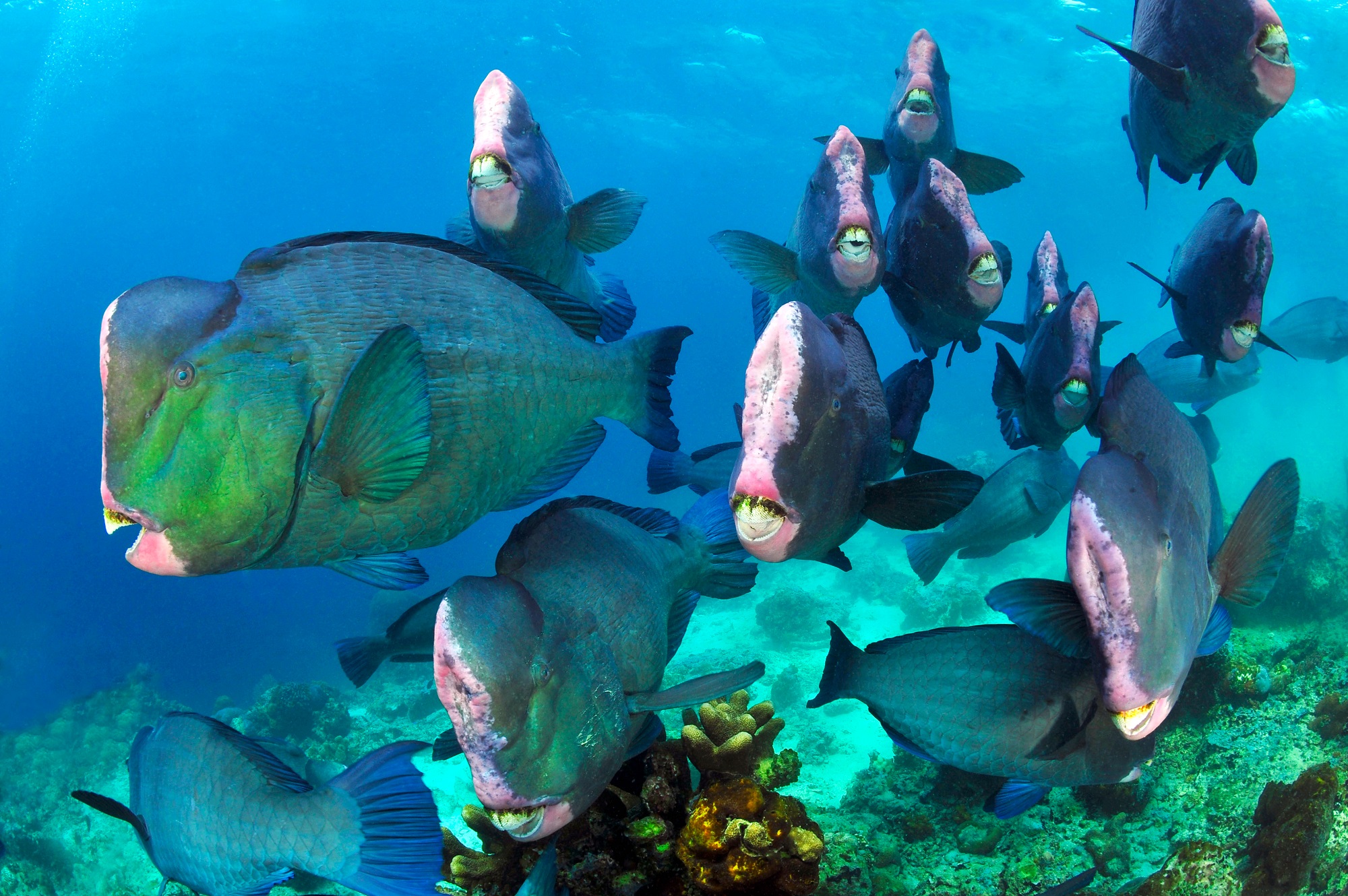
The Marine Life of Sipadan
Sipadan is famous for its abundance of marine life. In particular, you’ll likely spot dozens of sea turtles on any given dive here. White tip sharks, bumphead parrotfish (pictured above) and huge schools of barracuda are also common.
Reef fish are present in fair numbers and perhaps most impressive are the quantities of medium-sized fish – between 25 and 40 cm (10 and 15 inches) – in relatively shallow waters. This is especially the case for groups of up to a dozen harlequin sweetlips, but also snappers, emperors, triggerfishes, longfin batfish and a couple of species of unicorn fish.
In addition to a rainbow of fish life, this part of Borneo is also home to impressive macro species. Underwater photographers and those with acute powers of observation could spot an unusual crinoid shrimp and fish duo, all matching the host’s coloration, or a golden-spotted shrimp on a very flattened carpet anemone. Some divers have found a patch of relatively tame spotted garden eels, requiring extreme patience to photograph outside of their burrow. Sharp eyes can also reveal a pink sailfin leaf-fish, bearded scorpionfish, and numerous species of nudibranchs.
When diving in Sipadan, the dive spots usually live up to their names: White Tip Avenue, Turtle Patch, Staghorn Crest, Lobster Lair and Hanging Gardens (for soft corals). These all deliver! This is largely due to Sabah National Parks making huge efforts since 2005 to protect the area. Fish numbers have remained relatively stable and large numbers of species are seen on most dives around Sipadan.

How to Find a Sipadan Dive Shop
There are no longer resorts based on the island of Sipadan. Divers looking for a Sipadan dive resort must stay on the neighboring Mabul or Kapalai Islands. These two locations are home to most of the dive shops that offer trips to the park. For those on a budget, accommodation is available on the mainland in the city of Semporna and day boats also leave from there for day dive trips to Sipadan.
Diving in the Sipadan area is strictly regulated and operated on a permit basis. Only 254 divers per day are allowed (a minimum of an Advanced Open Water Diver certification is required), and all dives must be conducted between 6am and 4pm – no night diving is allowed. Due to the limited number of permits available per day, booking with your chosen Sipadan dive shop in advance is essential. Permits are sold to operators who then in turn allocate them to guests. It is not recommended to arrive in the area without a prior booking. It may be that if you can wait around for a few days, an operator may be able to free up a pass for you, but it could take longer or, in peak season, it may not be possible at all for the Sipadan dive shops to arrange a permit for you on arrival.
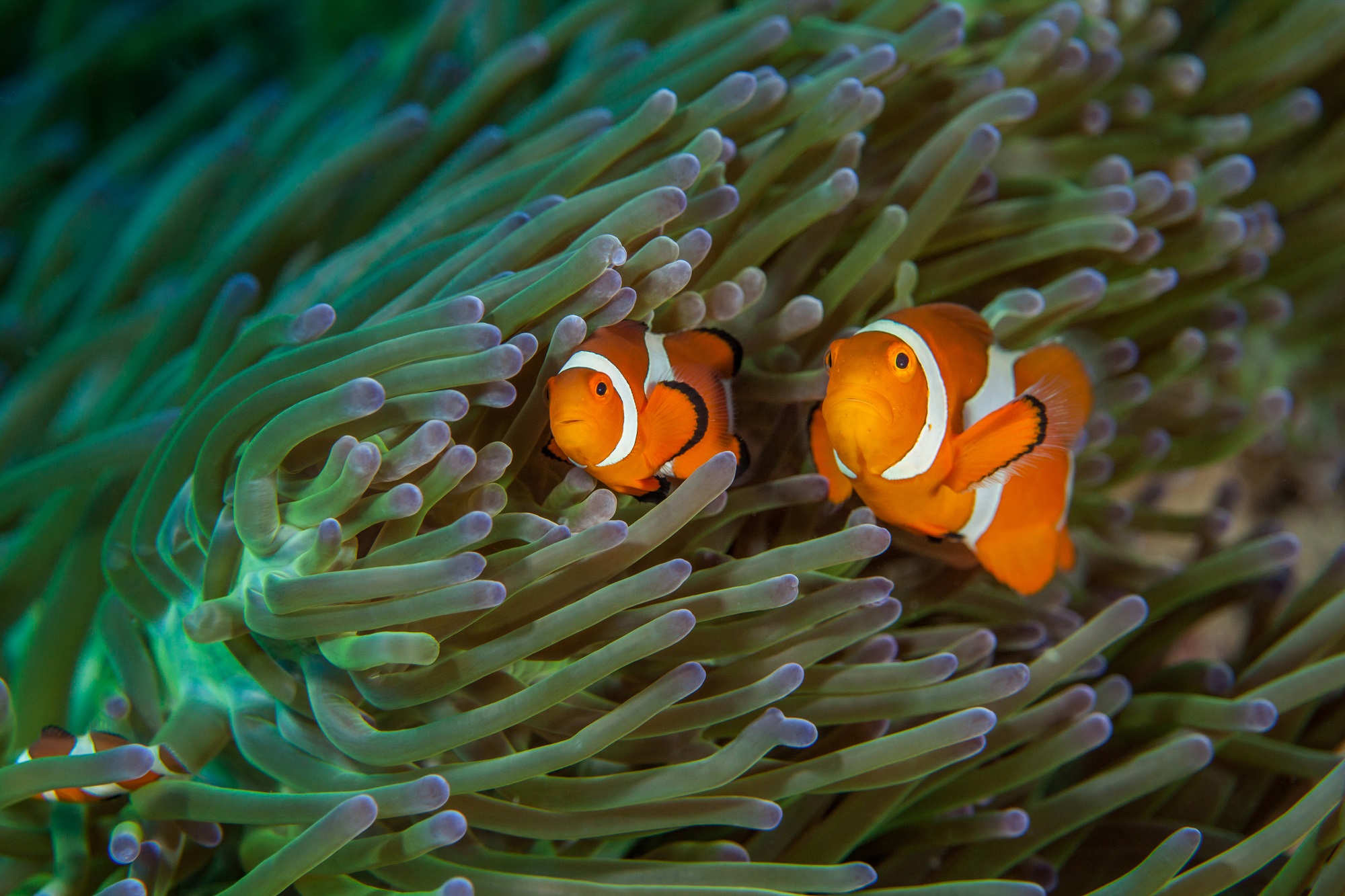
The Best Sipadan Dive Sites
Here are a few of the local favorite dive sites:
South Point: Possible highlights here include hammerhead shark sightings, a solid wall of barracudas stretching over 10 meters (30 feet) high, and a passing herd of bumphead parrotfish. As with all ‘highlights’, a touch of luck is required! On most dives here, though, you can expect to see green turtles, white tip sharks, and a good variety of reef fish.
Barracuda Point: There is one good reason to dive this spot – barracuda. Time after time they turn up in the hundreds, a shoal that turns the water into a glinting wall of fish. There are also sharks to accompany almost every dive along with a school of bumphead parrotfish.
Hanging Gardens: Coral lovers will be in awe of this beautiful dive spot. The soft corals hang like dripping wax from candles in a profusion of colors that can hardly be matched elsewhere. The visibility here is often reduced but the beauty of the site more than compensates.
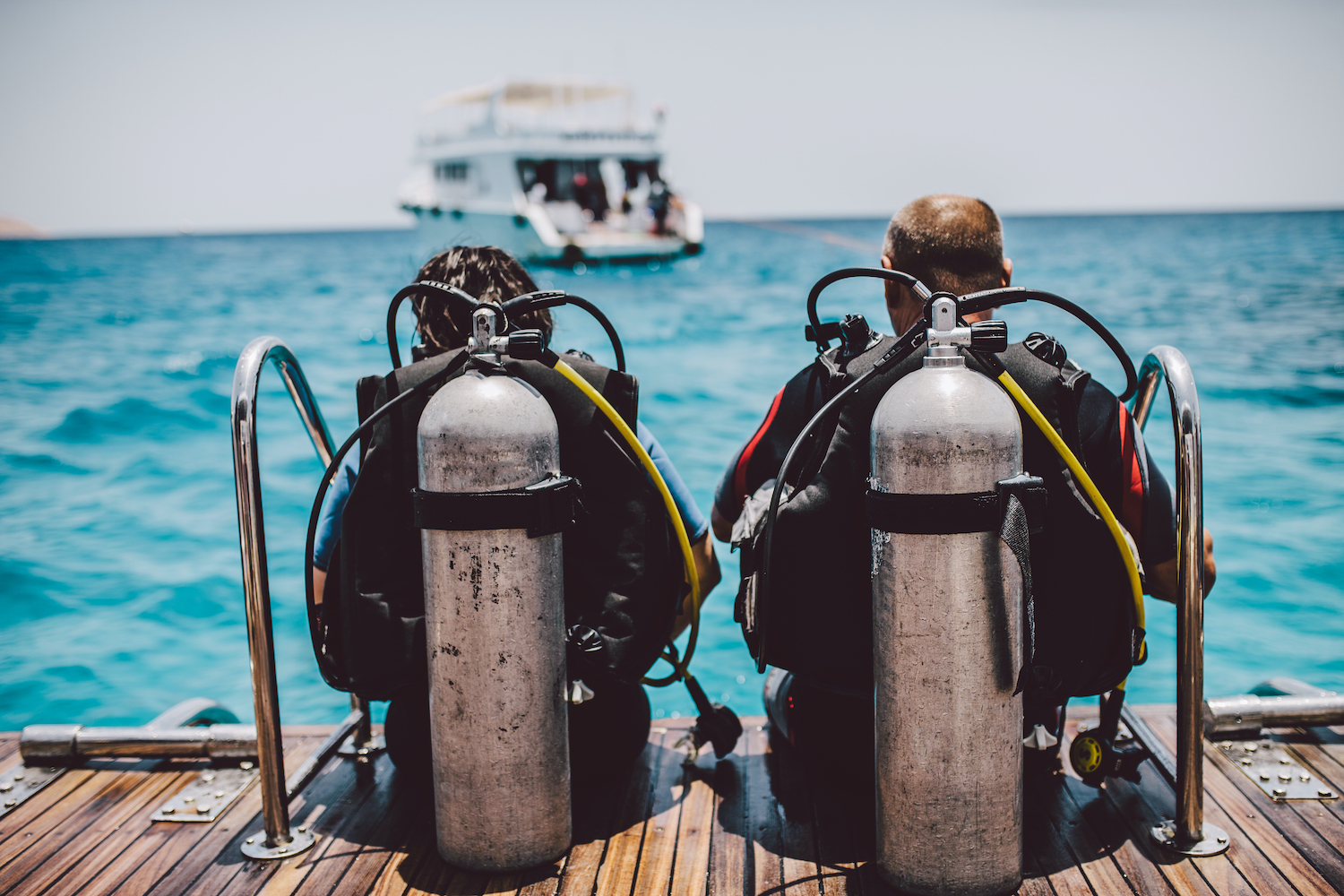
Can I Learn To Dive in Sipadan?
If you are planning to learn to dive during your trip, then we recommend learning in nearby Mabul or Kapalai as you will need an Advanced Open Water Diver certification (as a minimum) to dive in the Sipadan Marine Park. However, do not be disheartened – the nearby sites are teeming with world class marine life, and Mabul is renowned for its rare and unusual critters. This is Malaysia after all, and the diving is spectacular. Another bonus of learning to dive around Mabul is that the conditions are more suitable for beginners, so you can focus on developing your skills without unnecessary distractions.
If your available time allows you to do so, it’s possible to take your PADI Open Water Diver course and Advanced Open Water Diver course back to back and then head over to the Sipadan Marine Park to enjoy your new skills!
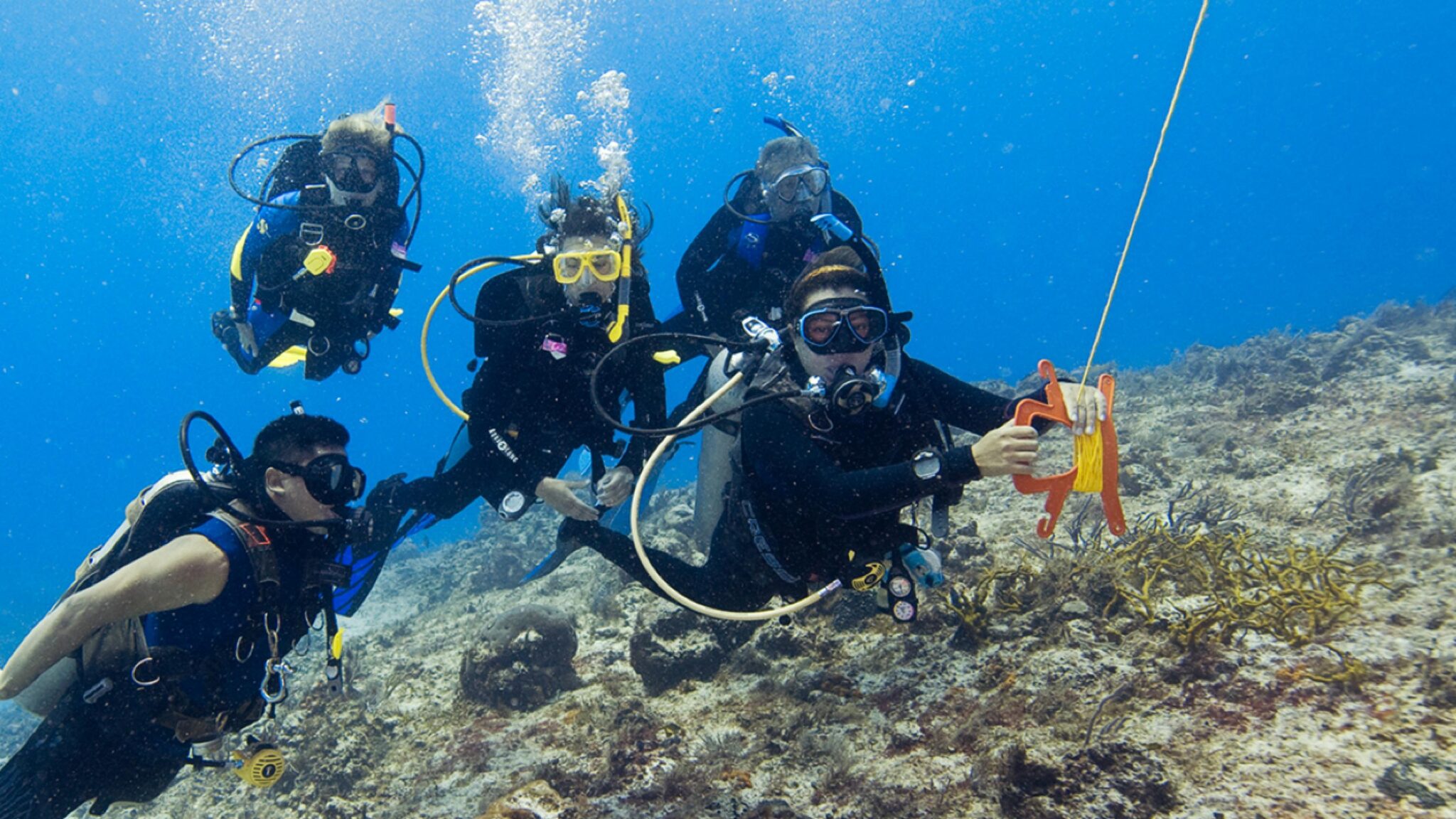
Do I Need To Be a Drift Diver for Diving in Sipadan?
It’s important to note that when scuba diving in Sipadan, an Advanced Open Water Diver certification is required. This requirement is to protect the reefs from diver-related damage AND because there are currents as well as some deeper dive sites. Although a Drift Diver certification is NOT required, you should have some prior experience with drift diving and feel comfortable in currents.
If you have not yet tried drift diving, it is a great idea to take either a Drift Adventure Dive or the full PADI Drift Diver Specialty course. These could be completed either when you arrive in Malaysia, or, depending on dive conditions in your home country, you could do one of the above before departure.

Is Enriched Air (Nitrox) Recomended for Sipadan?
Generally speaking, enriched air (nitrox) is NOT recommended for diving in the Sipadan Marine Park due to the risk of down currents. Enriched air (nitrox) has a higher percentage of oxygen than regular air (over 21%), and at depth oxygen can become toxic – known as oxygen toxicity. For this reason, diving with regular air carries less risks when diving in Sipadan.
That being said, most people diving in Sipadan will also be making dives in nearby Kapalai and Mabul. When diving at these locations, having a Enriched Air Diver certification can be extremely beneficial for those who want shorter surface intervals or longer non-decompression limits – such as underwater photographers.
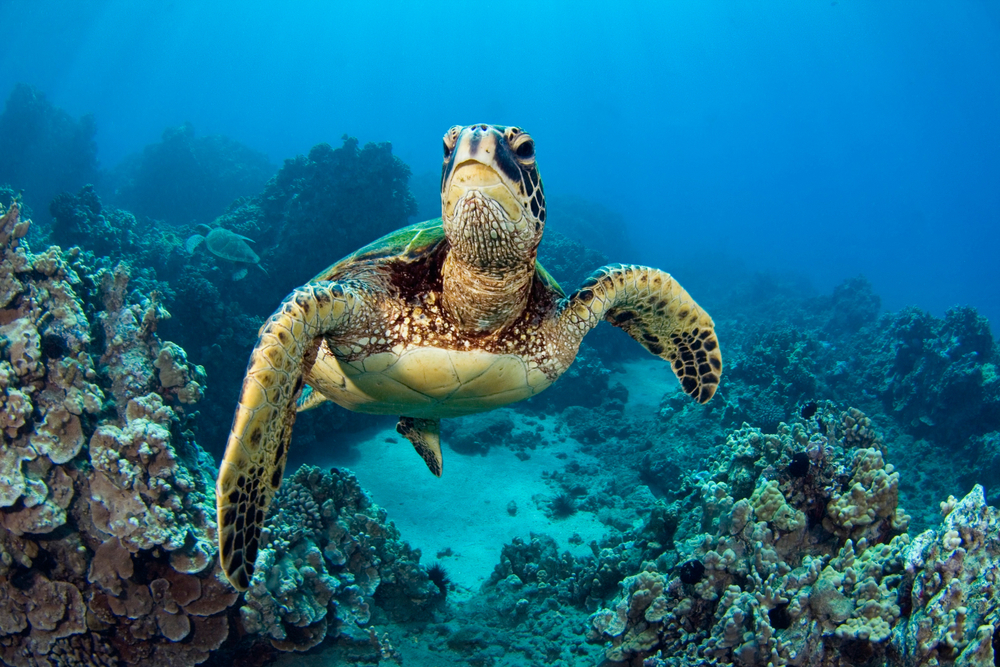
Turtle Spotting in Sipadan
While seasoned divers may become blasé about green turtles, they are the one nearly guaranteed highlight on Sipadan. Turtle encounters are often close up, and swimming alongside one in Sipadan is magical. Whether you are lucky enough to see one chewing a chunk of soft coral or observe a mating pair, the turtle spotting opportunities are endless.

Sipadan Basics
Sipadan Island lies in splendid isolation near the continental shelf. While it’s only 12 km (7.5 miles) to Mabul Island on the edge of the shallow Sigitan reefs, the ocean plunges to almost 1,000 meters (3,000 feet) before rising abruptly. The 15-hectare island, with its lush vegetation and white sand beaches, is but the tip of a marine outcrop.
On the northeast coast, where the reef top extends less than 10 meters (30 feet) from the shore, the turquoise waters abruptly turn dark blue at the edge of a vertical wall. Elsewhere the shallow reef extends as an irregular fringe, over 500 meters (1600 feet) off South Point. Several dive spots dot the edge of the reef, all above vertical walls.
- Diving Conditions: When diving in Sipadan, currents are often present and shift during the course of a dive. At Barracuda Point, in particular, there can be 2 knots of current, heading away from the reef and occasionally downward. There are also numerous relatively easy dive spots, but the old adage of ‘more current, more fish’ usually applies.
- When to Dive Sipadan: It’s possible to dive Sipadan all year round, but for the best conditions, aim to dive between April and December.
So are you ready to embark on your Sipadan diving adventure? Check out some of the best Sipadan dive resorts here!

